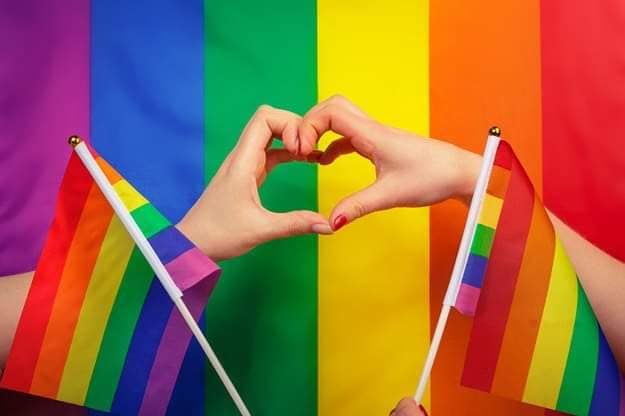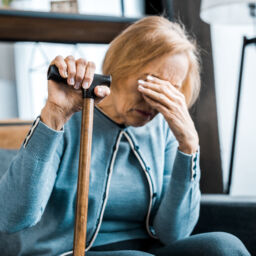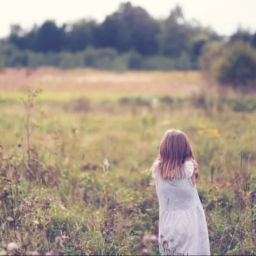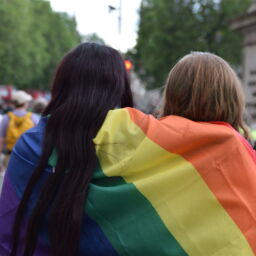
Abuse Is not Discriminatory
by- Amanda Hildreth
Abuse affects members of the LBGTQIA+ community just as much as those in heterosexual relationships. However, some of the tactics used by the abuser may be different for an LGBTQIA+ Victim. Although the response to LGBTQIA+ Victims’ abuse is improving, the LGBTQIA+ community has been affected by ineffective legal responses to their abusive events. Victims believe they will not receive help, and 45% of Victims do not report abuse to the police. Also, members of the LGBTQIA+ community may be denied assistance due to homophobia, transphobia, and biophobia (The National Coalition Against Domestic Violence, 2018).
What is LGBTQIA+ Abuse?
Abuse in LGBTQIA+ relationships occurs at the same rate as heterosexual relationships. Domestic Violence within the community isn’t less dangerous or less serious simply because the partners are the same gender. There are multiple forms of abuse that affect the LGBTQIA+ community, and the statistics reflect how we can raise awareness and help those in need. Outing is a common form of abuse within this community where the Victim’s sexuality is threatened to be exposed, as well as other hate crimes and Psychological Abuse (The National Coalition Against Domestic Violence, 2018).
Who Does LGBTQIA+ Abuse Affect?
As with all types of abuse, anyone can be a Victim of abuse, no matter their race, age, gender, gender identity, sexual orientation, education, or income level. It may also be extremely challenging for an LGBTQIA+ person to receive community services. Coming forward about abuse may mean disclosing their sexual orientation or gender identity, which may be difficult or unsafe for these individuals (Safe Voices, 2022).
In 2018, over 43% of lesbian women and 61% of bisexual women have experienced rape, physical violence, or stalking by an intimate partner. Around 35% of heterosexual women are assaulted under the same circumstances. Bisexual and transgender Victims are more likely to experience sexual violence and intimate partner violence in public. Over 26% of gay men and 37.3% of bisexual men have experienced rape, physical violence or stalking by an intimate partner compared to 29% of heterosexual men (The National Coalition Against Domestic Violence, 2018).
How Abuse Differs In The LGBTQIA+ Community
Abuse in the LGBTQIA+ community is unique to other communities. Abusers use tactics specific to LGBTQIA+ relationships including:
- Controlling or questioning their gender identity or gender expression by refusing to use their preferred pronouns or chosen name.
- Refusing use of gender-affirming devices such as binders.
- Questioning their sexual orientation.
- Calling their partner homophobic, biphobic, or transphobic names.
- Pressuring their partner to come out to their family, friends, employers, or medical professionals, or threatening to tell people themselves.
- Withholding key hormones that affirm the victim’s gender, such as testosterone or estrogen.
- Forcing their partner to speak to a religious leader to “cure” them of their sexuality (Pennsylvania Coalition Against Domestic Violence, 2022).
Barriers To Seeking Community Services
Several barriers can affect peoples’ access to much-needed assistance after experiencing abuse in an LGBTQIA+ relationship. Barriers individuals may face include societal stigmas that abuse does not happen in LGBTQIA+ relationships. There is the potential homophobia they may encounter when seeking service or homophobia from non-LGBTQIA+ victims of abuse.Providers and doctors can sometimes be limited or lack training and experience with LGBTQIA+ abuse which can be very difficult for this community to get the help they are seeking. Another major barrier is access to care and safety, which leads to an inability to share problems and struggles in a population where progress towards equality is already a major ongoing problem. Contributing further to this issue, transgender Victims may not be allowed entrance into domestic violence shelters based on their gender. (please add a closing sentence)
Ways You Can Support LGBTQIA+ Victims
Assisting someone who tells you about the abuse they are facing can be challenging. The reaction you have can affect if the Victim decides to tell anyone else or seek resources for help. Remember to always listen to them without judgment, acknowledge what they have been through, tell them you are there to help through this difficult time, and that you care about their well-being (Rape, Abuse, and Incest National Network, 2022).
Here’s how you can support an LGBTQIA+ Victim of abuse:
- Listen Intently: LGBTQIA+ Victims who experience abuse may feel no one understands them and may believe their situation is not serious. Show the Victim they matter by giving your undivided attention. It is difficult for LGBTQIA+ Victims to confess their abusive situation, especially if they are not out yet.
- Validate the Victim’s Feelings: Avoid using overly-positive statements which can make them feel dismissed. Statements such as, “It will get better” or “You shouldn’t feel this way.” Instead, make affirming statements to make them feel heard like, “I believe you” or “I’m sorry you had to go through that.”
- Express concern: Directly tell them you care about them and their well-being with statements like, “I care about you” and “Is there anything I can do for you?”
- Use inclusive language: Don’t assume the Victim’s gender identity or sexual orientation if you are unsure. It is best to use neutral language such as “significant other” or “partner” instead of boyfriend or girlfriend, and use “they” or “them” when referring to someone. Try not to assume, and let them verify or ask what their preferred pronouns are.
- Do not ask about the abuse: Regardless of curiosity or if you are seeking to understand the situation, do not ask about the details. If they choose to share the details of the abuse, do your best to listen and be non-judgmental and supportive (Rape, Abuse, and Incest National Network, 2022).
Additional Resources For Victims of LGBTQIA+ Abuse
These resources acknowledge the unique challenges that face LGBTQIA+ individuals who experience abuse. All of these programs are accessible to members of the LGBTQIA+ community and provide services that respect the LGBTQIA+ experience and background (Women Against Abuse, 2022). The National Domestic Violence Hotline is also available 24/7 by phone and their website.
There are several other online resources for the LGBTQIA+ Community, including the Anti-Violence Project, which empowers LGBTQIA+ and HIV-affected communities and allies to end all forms of violence through events and education and through counseling. Forge is a national transgender anti-violence organization and provides direct services to transgender, gender non-conforming, and gender non-binary Victims and Survivors of sexual assault.
We at ARO are here to support you in your personal healing journey to complete well-being. We bring awareness and education to 13 different types of abuse including Narcissistic, Sexual, Physical, Psychological, Financial, Child, Self, Cyberbullying, Bullying, Spousal, Elderly, Isolation, and Workplace, and help others heal and find peace. Please support our efforts by going to GoARO.org to learn how you can make an impact on the Abuse Care Community and provide life-saving financial assistance with a donation.
Resources
The National Coalition Against Domestic Violence. (2018, June 6). Domestic violence and the LGBTQ community. https://ncadv.org/blog/posts/domestic-violence-and-the-lgbtq-community
Safe Voices. (2021). LGBTQ abuse.
Pennsylvania Coalition Against Domestic Violence. (2022). Ending abuse in the LGBTQIA+ community.
Rape, Abuse, and Incest National Network. (2022). LGBTQ survivors of sexual violence. https://www.rainn.org/articles/lgbtq-survivors-sexual-violence
Connecticut Alliance to End Sexual Violence. (2022). LGBTQ+ Resources. https://endsexualviolencect.org/lgLGbtq/
















